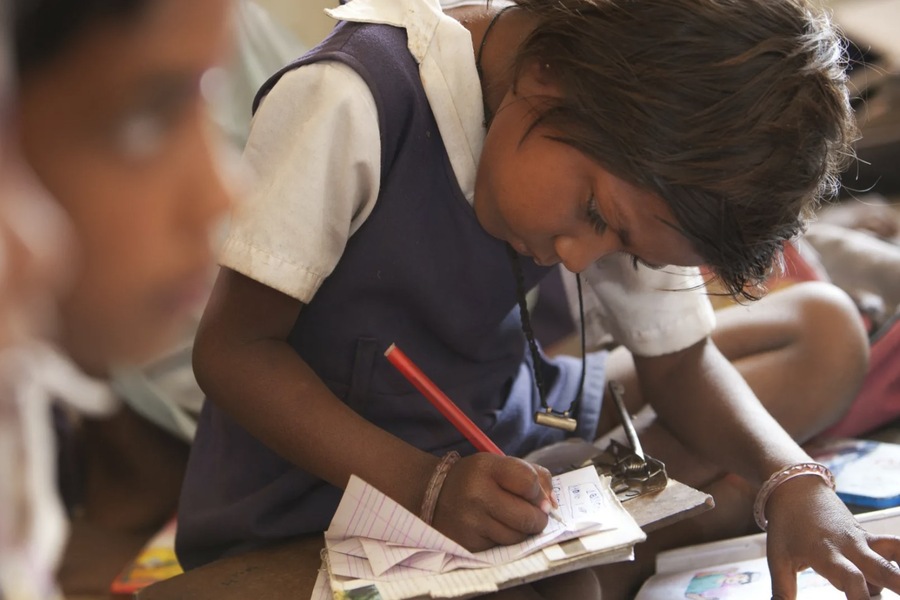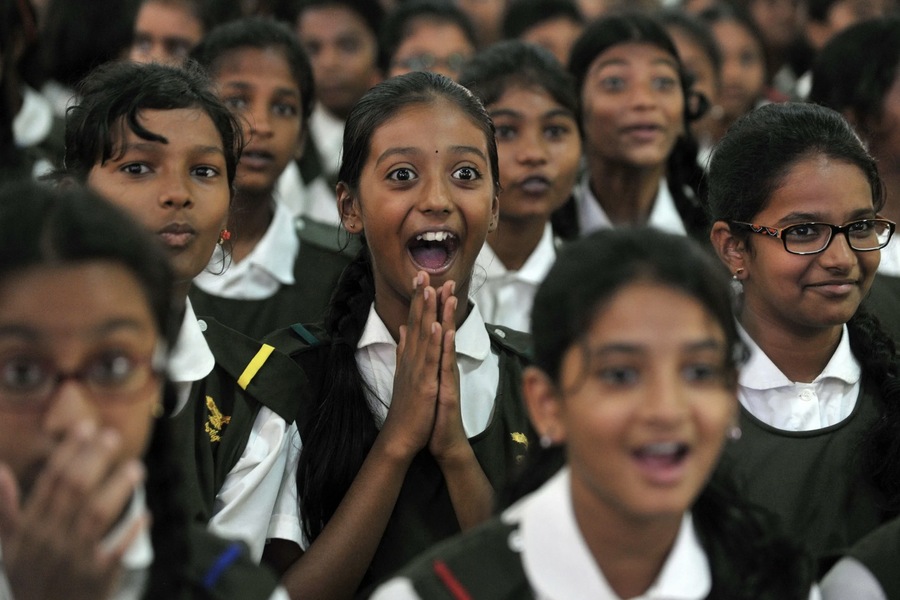As globalization continues to connect people and cultures, the Indian diaspora has expanded significantly, creating a demand for quality education systems that reflect Indian values while embracing the host country’s diversity. International Indian schools outside India cater to these needs, providing education aligned with Indian curricula like the Indian School Certificate Examinations (ICSE) and the Central Board of Secondary Education (CBSE). These schools serve not just as educational institutions but as cultural hubs, fostering a sense of belonging among expatriates and ensuring students receive a holistic education.
This article delves deeply into the features, benefits, and considerations associated with international Indian schools, while also highlighting an example of excellence in this domain—City School Ajman in the UAE.
Key Features of International Indian Schools Outside India
1. Preservation of Indian Culture
One of the primary purposes of international Indian schools is to ensure the younger generation remains rooted in Indian culture, regardless of geographical boundaries. These schools emphasize:
Celebration of Indian Festivals: Events like Diwali, Holi, and Independence Day are celebrated with great enthusiasm, giving students a chance to engage with their heritage.
Languages and Arts: Many schools offer Indian languages such as Hindi, Tamil, or Sanskrit as part of their curriculum, alongside traditional Indian art and music forms.
Moral Education: Schools often incorporate moral and ethical teachings inspired by Indian traditions, ensuring students develop strong values and a sense of social responsibility.
2. Diverse Learning Environment
Indian schools abroad often bring together students from across various states of India, creating a miniature version of the country’s diversity. This environment fosters:
Cultural Exchange: Students learn about the traditions and practices of different Indian states.
Unity in Diversity: Interactions between students of varied backgrounds promote tolerance and mutual respect.
Global Awareness: Exposure to local cultures in the host country, combined with their Indian roots, helps students appreciate multiculturalism.
3. Cultural Bridge Between India and the Host Country
These schools act as ambassadors of Indian culture and education, facilitating a two-way cultural exchange:
Collaborative Projects: Many schools collaborate with local institutions to organize cultural and educational events.
Strengthening Relations: By promoting cultural understanding, these schools often contribute to fostering stronger diplomatic and community ties between India and the host country.
4. Affordable Education
Indian international schools are often more affordable than their counterparts offering other international curricula, such as the International Baccalaureate (IB) or Cambridge IGCSE. This affordability makes them accessible to a wider range of Indian expatriate families while maintaining high educational standards.
5. Modern Infrastructure
To compete with other international schools, Indian schools are equipped with state-of-the-art facilities, including:
Technology-Enabled Classrooms: Smart boards and e-learning platforms enhance teaching.
Specialized Labs: Computer, science, and language labs encourage hands-on learning.
Extracurricular Spaces: Facilities such as sports grounds, art studios, and music rooms foster all-round development.

Benefits of Studying in International Indian Schools
1. Alignment with Indian Higher Education
The curricula offered by these schools—ICSE and CBSE—are recognized across India, enabling students to transition smoothly into Indian universities. For families planning to return to India, this continuity is invaluable.
2. Cultural Unity
For Indian expatriates, these schools create a sense of belonging. Shared cultural events and traditions make families feel connected to their roots, despite being far from home.
3. Experienced Faculty
Indian international schools prioritize hiring teachers familiar with the Indian education system. Their expertise ensures:
Strong subject knowledge
Effective preparation for competitive exams
A structured approach to teaching
4. Focus on Holistic Development
While academics are at the core, the schools also emphasize physical, artistic, and social growth. Sports, arts, and extracurricular clubs are integral parts of the curriculum, nurturing well-rounded individuals.
5. Opportunities for Global Interaction
Though rooted in Indian values, these schools often encourage global perspectives through:
Exchange programs with local schools
Participation in international competitions
Exposure to multicultural environments
Considerations When Choosing an Indian International School
1. Exposure to Global Perspectives
While Indian schools excel at preserving cultural roots, they may not provide as much exposure to international curricula like IB or IGCSE, which focus more on global issues and inquiry-based learning. Parents should consider their child’s long-term educational goals before making a choice.
2. Admissions Competitiveness
The demand for quality Indian schools in regions with large expatriate populations, such as the Middle East and Southeast Asia, often results in stiff competition. Many schools require applicants to pass entrance exams in subjects like mathematics and English, along with interviews.
3. Varied Quality of Education
Not all Indian international schools maintain the same standard. While some excel in academics and extracurricular activities, others may lag. Parents are advised to visit schools, review their curricula, and seek feedback from other parents.
4. Tuition Fees
Though generally affordable, tuition fees can vary significantly based on the school’s location and facilities. Fees may also increase annually, so families should verify the current structure directly with schools.
5. Extracurricular and Leisure Activities
A well-rounded school life includes more than academics. Many Indian schools offer:
Sports Programs: Cricket, badminton, football, and other sports are common.
Cultural Clubs: Drama, debate, and music clubs nurture creativity.
Community Engagement: Schools often organize events and charity drives, teaching students the importance of social responsibility.

City School Ajman: A Model Indian International School
Located in the UAE, City School Ajman stands out as one of the finest CBSE schools abroad. The school is committed to providing a nurturing environment that fosters academic excellence and personal growth. Key features include:
Curriculum: A rigorous CBSE curriculum ensures students receive a comprehensive education.
Affordable Fees: Tuition for Grade 4 is just 9,000 AED, making it an economical choice for Indian expatriate families.
Modern Facilities: The school boasts advanced infrastructure, including computer labs, sports facilities, and creative studios.
Focus on International Exposure: While rooted in Indian traditions, the school also prepares students for global challenges by emphasizing critical thinking and innovation.
Conclusion
International Indian schools outside India play a crucial role in bridging the gap between the homeland and the host country, offering high-quality education rooted in Indian culture. They ensure that children of expatriates grow up with a strong sense of identity while acquiring skills and knowledge to thrive in a globalized world.
From cultural preservation to academic excellence, these schools offer a balanced approach to education. However, selecting the right school requires careful consideration of factors such as admissions competitiveness, tuition fees, and extracurricular offerings. Institutions like City School Ajman exemplify the best of what Indian international schools can offer, combining affordability with quality and fostering an environment where students can excel both academically and personally.
For expatriate families, these schools provide not just an education but also a home away from home, ensuring that the rich tapestry of Indian culture continues to flourish in every corner of the world.

Hockey fan, mother of 2, band member, Mad Men fan and multidisciplinary designer. Working at the junction of simplicity and mathematics to create not just a logo, but a feeling. Nothing ventured, nothing gained.